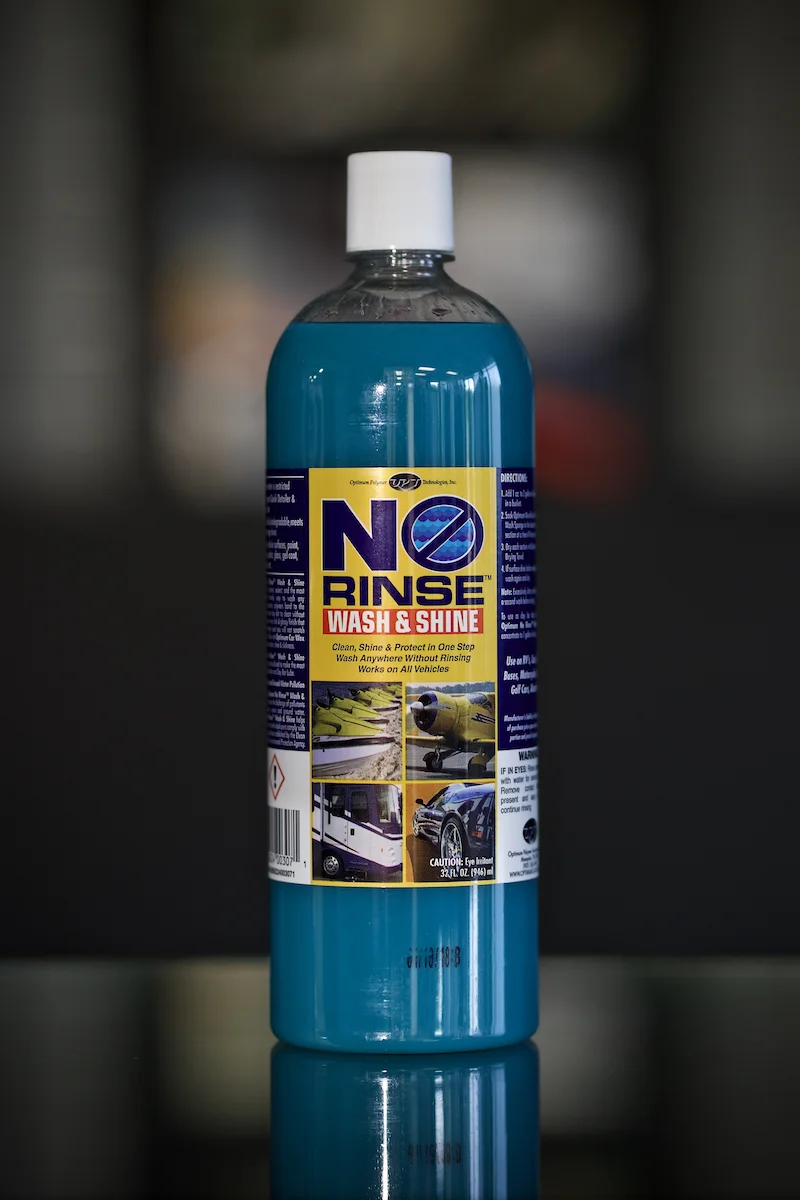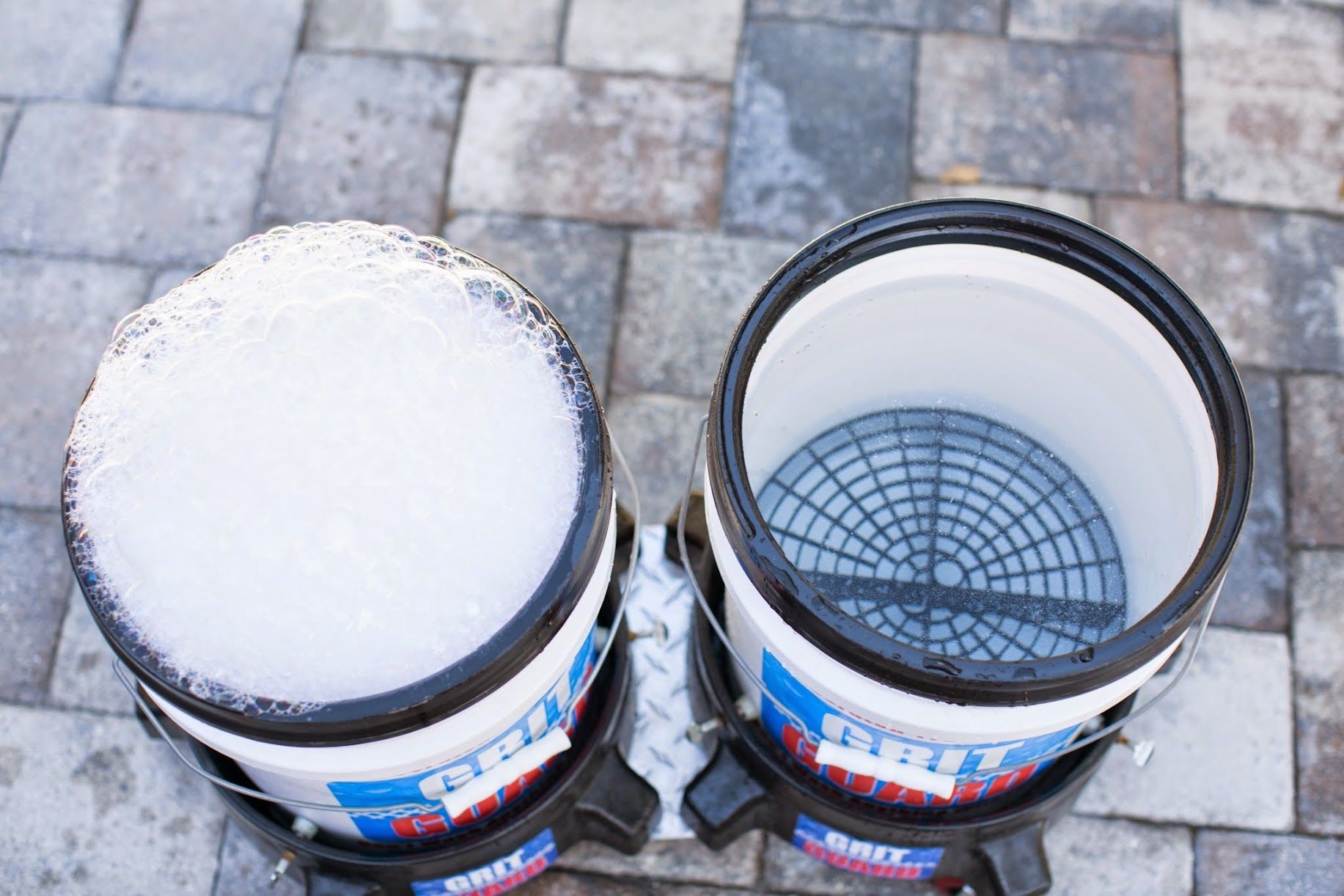How To Remove Water Spots From Car Paint, And Why They Are Bad!
How To Remove Water Spots From Car Paint
First, what are water spots exactly and why does it matter if they are on the car paint? These little white spots on the paint or glass can come from just about anywhere that water comes in contact with the cars paint. This can be from rain, sprinklers, water puddles, washing your car at home, a car wash, kids with squirt guns, pretty much any water that has not been filtered to remove minerals. These harmless looking spots can permanently damage your cars paint by etching into the clear coat.
Water that has not been filtered has salts, dirt, and minerals (particularly calcium and magnesium carbonates) in it. Whenever the water is left to dry it leaves minerals and corrosives behind. Slowly but surely, this creates a little crater in the paint. Over time, future water finds the same spot and makes the crater bigger and bigger. This process is also known as etching, and this is when damage to the paint occurs.
If you are able clean the water spots off quickly, then they will usually just wipe right off, even using something as simple as a detail spray (like the ONR pictured). However, if you neglect your paint by not cleaning the water spots, that’s when things can get bad. Especially during the summer months when the sun is baking the spots into the paint. Over time, repeated exposure to hard water without cleaning the paint will make these spots hard or even impossible to remove. Eventually, water spots can get so bad that the only way to remove them from the paint is by taking sandpaper to the paint. It can get so bad that they may not come out at all.
There are ways to help prevent water spots. The first and best way is avoiding getting the car unintentionally wet in the first place. For example, park further away from the sprinklers, pull the car in the garage, or use a car cover. Another great way to avoid water spot damage is by adding a barrier between the clear coat and the water. This way the water never touches the surface of the paint. This is simply done by applying a quality wax, sealant, or ceramic coating. Wax is on the bottom of the list here, go for one of the other two options. Repeat applications of waxes or sealants (more so with waxes than sealants) are needed throughout the year to keep up on the protection. Always follow the manufacturers recommendation on whatever product you choose.
How To Remove Water Spots From Car Paint
So you have done everything you can think of and you still have water spots, what now? We are going to cover a few methods from least to most aggressive . The first thing you will want to do is simply either wash the vehicle in the shade, early in the morning, or evening. Making sure to dry the car thoroughly after washing. If you have a pretty clean car you could try to use a quick detailer with a microfiber towel instead of washing. If the water spots are still there after washing then you need to get a little more aggressive. The next thing I would try is a 50/50 mixture of distilled water and regular white vinegar. The vinegar breaks down the minerals in the water spots and makes them easier to remove. I normally choose to spray my towel a few times and then gently rub on the spots till they disappear, it’s best to do this on cool paint. Then clean the area with either a quick detailer or wash the area to remove the vinegar from the surface. Most of the time washing or the vinegar solution will do the trick. But if both of these fail, then you need to move on to the clay bar. Using the quick detailer to wet the paint use the clay bar and glide it over the water spots to see if the clay will pick up the above surface mineral deposits.
If this sill does not work then you need to break out the polisher. First try using a polishing pad with a polish and make a few passes. If this doesn’t work, then up the aggressiveness by using a cutting pad and a compound for a few passes, if this works then finish off with the polish and polishing pad.
Worst case scenario would be wet sanding the paint. Start off with a light grade such as 3000 grit and light pressure. Keeping the paper and the surface wet, make a few passes and look to see if you have removed the water spots, if not then go a little further. (It is important to note that you might not be able to get it all the way out and only an improvement can be achieved depending on severity). After this you will need to follow up with the cutting pad and compound on the polisher, along with the polishing pad and polish. No matter what the results are, make sure to apply a quality sealant or ceramic coating to the paint to help prevent further issues.




